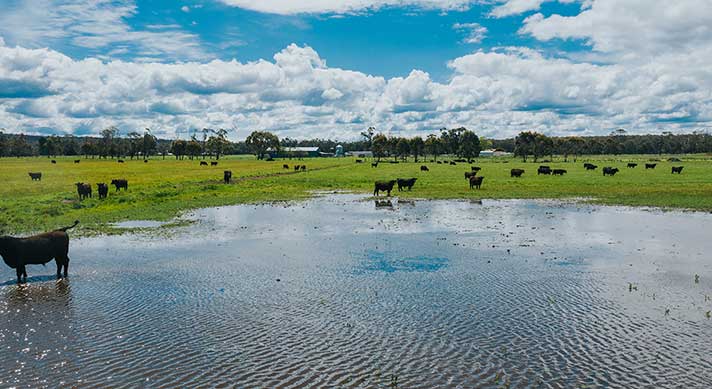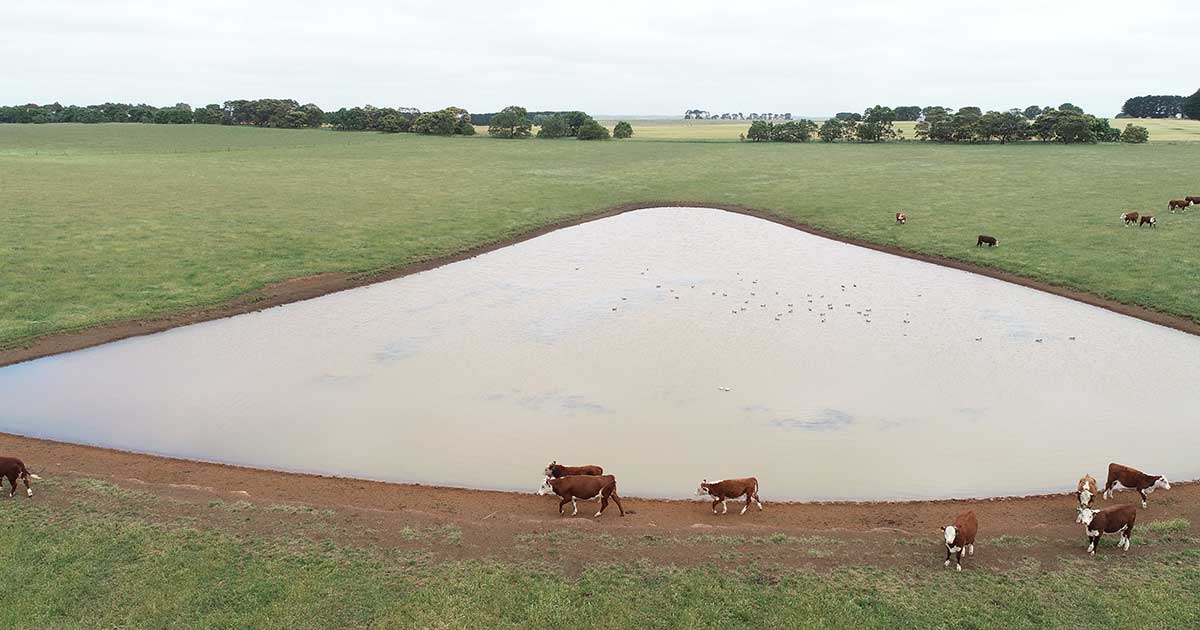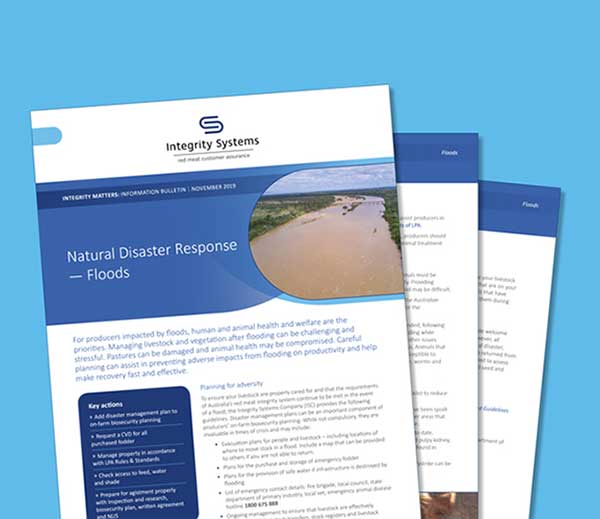Natural disasters: top tips for planning and recovery
03 January 2023
-Min Read
With floods, bushfires and other disasters more prevalent than ever, know what you can do to protect your stock and property.

Key points:
- Make sure you have plans in place for natural disasters – including bushfires, floods and cyclones.
- ISC supplies Natural Disaster Bulletins to provide information and guides to protect your property.
- Contact your state/territory department of agriculture for further assistance with natural disaster recovery.

